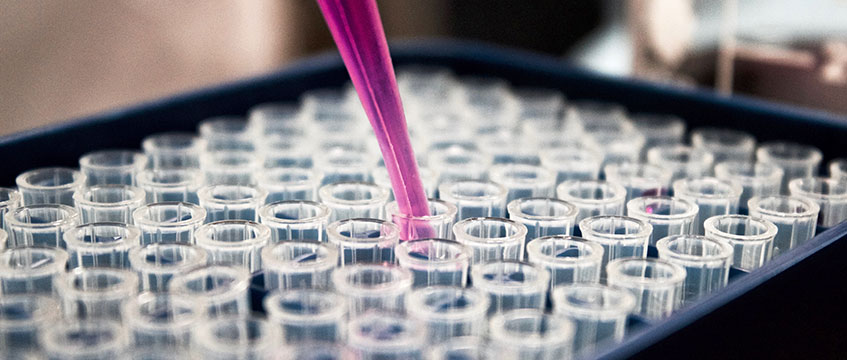Around 10m sq ft of real estate is set to be delivered across the life science sector in the UK’s Golden Triangle over the next five years, underlining the continuing strength of the market.
According to CBRE, Cambridge, London and Oxford – which make up the Golden Triangle – are earmarked for 4m sq ft, 2.2m sq ft and 4m sq ft respectively of potential deliverable real estate in the next five years.
This activity follows substantial venture capital investment, which has more than doubled in the past five years.
CBRE’s report notes that capabilities in next generation therapies manufacturing is growing in the UK and that there is an opportunity for the nation to become a more attractive destination for manufacturing, as well as to capitalise on the reshoring, onshoring and nearshoring trend.
Joanne Henderson, head of EMEA life sciences at CBRE, said: “While the US and UK clearly differ significantly in terms of the scale and maturity of the life sciences real estate offerings, we are seeing encouraging movements in the UK that point towards a similar growth trajectory, albeit on a smaller scale.
“By building on the strong scientific foundations and the positive momentum the industry is experiencing, real estate investors are now becoming stakeholders in supporting early-stage innovation and positively contributing to the competitiveness of the UK on a global stage.”
Beyond the Golden Triangle, there is opportunity for investors and local authorities to capitalise on VC investment into emerging hubs such as Stevenage, Manchester, Edinburgh and Birmingham.
In 2021, companies in Stevenage received over £200m in VC funding, making it the largest recipient of funding outside of London, Cambridge and Oxford. Around £2.9bn of equity has been raised in the last 10 years.
However, CBRE also warned that the sector will need more support from government if it is to continue to thrive.
Jennet Siebrits, head of UK research at CBRE, said: “Growth in the sector cannot continue at its current rate without better public funding. The government’s ambition to become a ‘science superpower’ by 2030, coupled with the chancellor’s renewed commitment to R&D, healthcare and infrastructure in the Autumn Statement is welcome news.
“However, it’s only a two-year commitment. Cambridge, Oxford and London need to keep receiving the public and private funding to drive their potential on a world-class scale. A more long-term and sustainable commitment for the life science industry is required; the private sector cannot do it alone.”
To send feedback, e-mail samantha.mcclary@eg.co.uk or tweet @samanthamcclary or @EGPropertyNews











